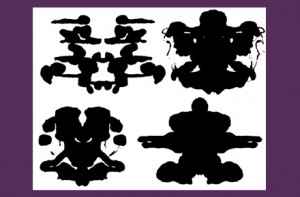One of my favorite books ever is Spent: Sex, Evolution and Consumer Behavior, by Geoffrey Miller (2009). I have lately been interested in trying to locate lower level personality differences that are predictive of political attitudes, and Miller offers such an analysis in chapter 9. To begin the chapter, Miller discusses “the central six,” which he defines as general intelligence plus five well-studied and robust personality traits (page 144):
Openness: “curiosity, novelty seeking, broad mindedness, interesting culture, ideas and aesthetics.”
Conscientiousness: “self-control, will power, reliability, consistency, dependability, trustworthiness, and the ability to delay gratification.”
Agreeableness: “warmth, kindness, sympathy, empathy, trust, compliance, modesty, benevolence, peacefulness.”
Stability: this applies mostly to emotional stability. It means “adaptability, equanimity, maturity, stress resistance.”
Extroversion “how friendly, gregarious, talkative, funny, expressive, assertive, active, excitement seeking, and socially self-confident one is.”
Miller spends several pages explaining how well accepted and well researched these five personality characteristics are. He explains (page 158) that people tend to like those whose personality traits are similar to their own. People who score high on openness prefer to “date, marry, befriend and work with high-openness others.”
Miller offers a one-minute test for determining what your scores are on the big five personality characteristics. I took this test a couple of years ago and retook it recently. I found that my scores had barely changed. 
What can you do with your test results? Lots of things. I found it tantalizing that one can use these characteristics to predict political attitudes. Here’s how Miller sums it up (page 169):
Liberals are only a little brighter than conservatives on average [in general intelligence], but they tend to show significantly higher openness (more interest in novelty and diversity), lower conscientiousness (less adherence to conventional social norms), and higher agreeableness (more widespread apathy and “bleeding hearts”). Conservatives show lower openness (more traditionalism and xenophobia), higher conscientiousness (family-values moralism, sense of duty, civic mindedness), and lower agreeableness (more hard-headed, hard-hearted support for their self interests and national interests). However, since this additional left-right political spectrum has only one dimension, and the central six has six dimensions it is more accurate to describe the complete range of human political attitudes using the central six. For example, the 1960s New Left was basically more open (freethinking) then the 1930s Old Left. Fascists can be seen as basically lower-intelligence conservatives with lower stability (more fear, distress, anxiety and neuroticism) and even lower agreeableness (more aggressive interest in warfare, torture and genocide). Libertarians can be viewed as basically higher intelligence liberals was slightly higher conscientiousness (faith in social reciprocity and the work ethic), lower agreeableness (this taste for conspicuous sympathy displays), and an extra dollop of extroversion (self-reliant insurgency).

